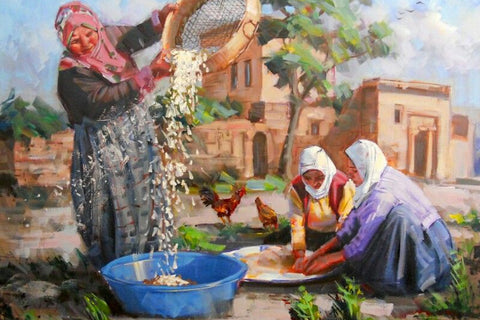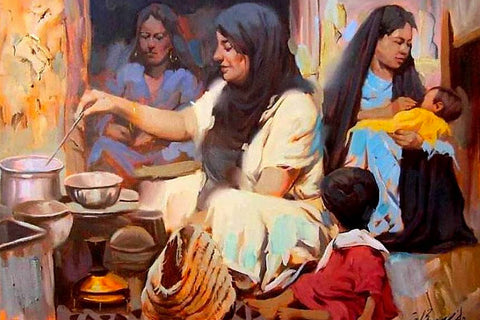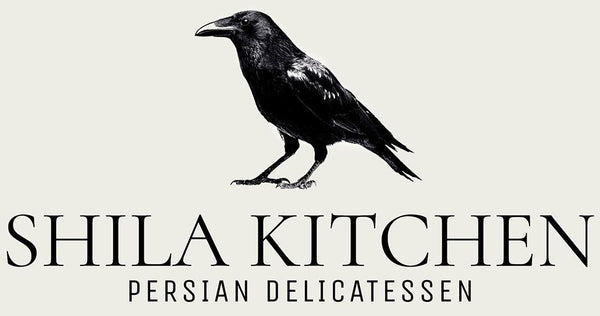Persian cuisine has evolved for over 3500 years, with its main influences originating from the culinary staples of the Mediterranean, Ancient China, India, Rome, and the Middle East. Due to significant regional and seasonality differences, foods have also developed their specific tastes based on the customs, culture, and geography of certain areas in Iran.

Below, we look at the various types of food that Persian cuisine is known for, and the unique practices in which they’re prepared.
A wide range of styles and flavours
Iranian cuisine is comprised of a varied selection of foods, including different kinds of stew, kababs, herbal salads, soups, dips, breads, and rice-based dishes. Unique recipes such as kukus (the Persian version of frittatas), kotlets (Persian meat patties), and oshs (lentil soups) also form iconic aspects of this cuisine. Fruits and vegetables play a core role in making most of these meals, either added as ingredients or served as side entrees. Additionally, nuts and beans are often used as common protein alternatives - and add an instant heartiness to any dish.
Meat also plays a key part in much of Persian food, though is used sparingly as it was traditionally considered one of the most expensive ingredients. Rather than being the “main star” of a dish, meat is used in minimal, yet creative ways - so that a little goes a long way to ensure satisfaction.
Finally, rice is a staple of most Iranian dishes, including main courses, side dishes, and desserts. Due to the difficulty of growing grains in Iran, this ingredient is never wasted, and has even been labelled as the "crown jewel of Persian cuisine".

As mentioned above, the foods of Iran can vary depending on location. Northern areas, for example, are known for its lush growth of various herbs, fruit, and vegetables – allowing for more vibrant, fresh dishes. The Southern areas (around the Persian gulf), on the other hand, have shorter growing seasons and less vegetational variety. However, due its historically lively spice trade, food in these areas tend to be spicier in taste - with more common use of dried fruits and vegetables.
The importance of slow-cooking
Persian meals are prepared with the utmost care and patience through the practice of slow-cooking. This not only allows each ingredient to effectively mix with one another, but also enhances them, resulting in a pleasant, memorable hybrid of various tastes and flavours. When done right, no single aroma, colour, or flavour overpowers the other; instead leaving a memorable dish of complimentary scents and tastes.

As such, to successfully achieve a tasteful Iranian dish, it is recommended to slow-cook your food with low-temperature heat for best results.
Indulge in Persian cuisine today!
Curious with what Iranian food has to offer? Explore the Shila Kitchen’s generous range of dine-in meals, fresh takeaways, and house-made products for a memorable, authentic taste of Persia.
